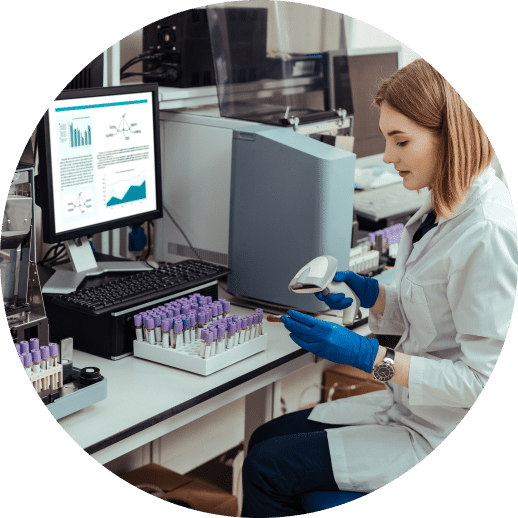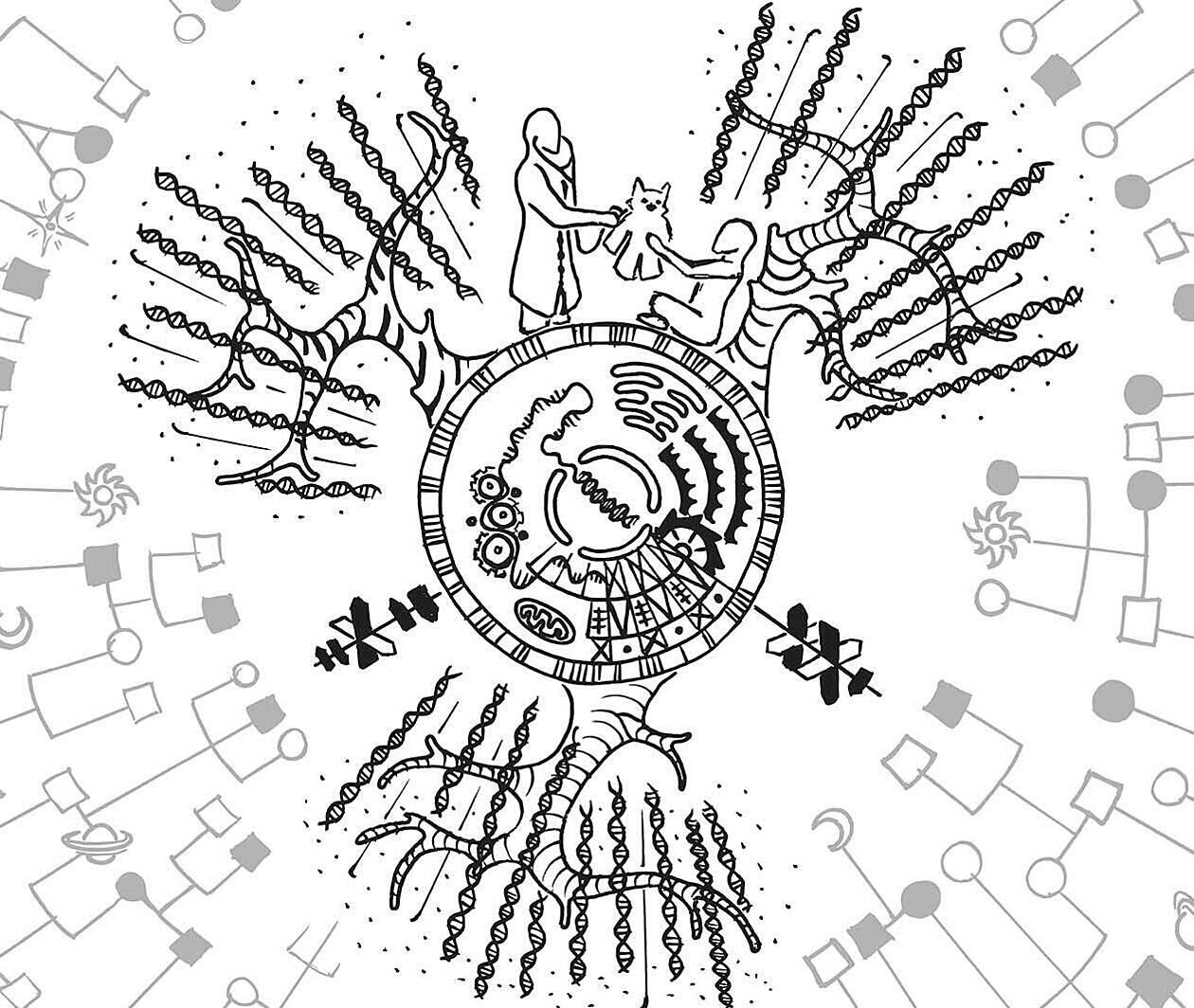Resource
Diagnosing Rare Diseases: from the Clinic to Research and back

Resource Type: Document
Diagnosing Rare Diseases: from the Clinic to Research and back

Learn about rare diseases diagnosis, genetic testing and diagnostic research
Around 30 million people in Europe are living with a rare genetic disease (a disease that affects less than 1 in 2,000 people).
This course offers an exploration of key questions around rare disease diagnostic research and issues today, as well as insights into patient experiences.
Learn about rare genetic disease diagnosis and testing
Over the last two decades, a lot of progress has been made in diagnosing rare genetic diseases.
You will discover more about the progress made through diagnostic research, as well as the types of genetic tests available for rare diseases, and the impact of having a diagnosis – or lacking a diagnosis – on patients’ lives.
You’ll explore key issues relating to rare genetic diseases and undertake your own internet-based investigation into several diagnostic research topics.
Understand the impact of technology in diagnostic research
Technology plays a significant role in diagnosing rare diseases.
As part of this course, you’ll explore technological advances in medical research and rare disease diagnosis, and discover the importance of data sharing, as well as the role of technology in the context of understanding the human genome.
Gain insights into patients’ experiences of rare genetic disease
This course also offers you the opportunity to gain insight into the lives of patients living with a rare genetic disease.
Guest lecturers from the field of rare diseases will also discuss their current research projects and share information from their direct work with patients.